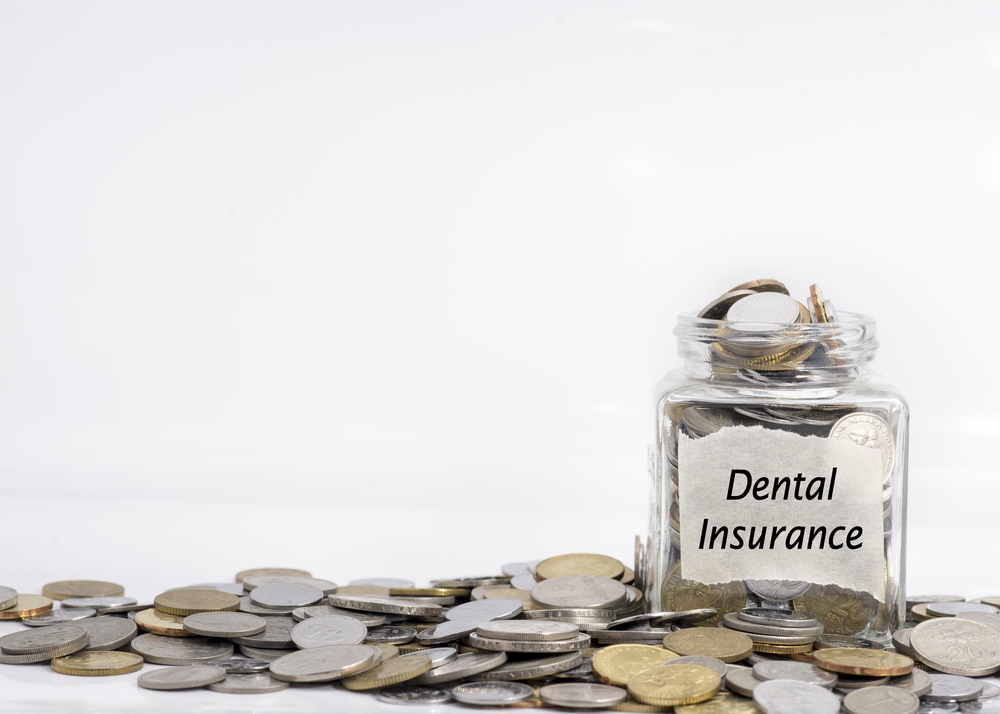
The Pros and Cons of Dental Insurance for Dental Care
The Pros and Cons of Dental Insurance for Dental Care
In the U.S. where many medical costs are not covered, individuals pay out of pocket for various doctors visits, prescriptions, eye and even dental exams if they’re not covered under group employment benefits. Sadly, not every employer in America offers health and dental coverage, which leaves individuals with the choice of buying insurance under a private dental policy or remaining uncovered and paying out of pocket every time they visit the dentist.
While paying for private dental insurance may seem like a no-brainer. Insurance of any kind is never cut and dry. Let’s explore the ins and outs of private dental coverage:
1. Dental insurance costs
In America, dental insurance plans will often differ between companies and states. So take some time to do some research. On average, U.S. private dental insurance plans can cost anywhere between $15 and $50 per month, or roughly $200 ot $600 per year.
2. Dental plan coverage
As with costs, coverage will greatly differ between dental plans depending on state, insurance company, and your specific dental needs. For instance, for basic dental coverage (twice annual visits, cleaning, x-rays, cavity filling) you may set your dental insurance limit lower than if you require more expensive dental procedures (i.e., crowns or root canals).
3. Dental coverage limits
Every insurance plan comes equipped with a set maximum coverage limit on an annual basis. With dental insurance, yearly coverage usually maxes out between $1,000 and $2,000. Once you reach the maximum limit, dental insurance halts for the year at the point your dental bills meet the annual maximum. At this point you can choose to either wait until the new year or pay the remainder of your dental bills out of pocket.
4. Dental premium coverage
Although dental coverage often differs between plans, an example of a typical dental insurance plan will cover the following:
- Preventive dental care—i.e., twice yearly dental checkups, x-rays, and cleaning are 100% covered.
- Basic dental care—i.e., cavity fillings and tooth extractions are typically covered 80%.
- Major dental care—i.e., root canals, implants, crowns, bridges, and dentures are covered 50%.
5. Dental care not typically covered
Typical U.S. dental coverage will cover the above preventative, basic, and major dental services and procedures. However, most insurance companies will let policyholders to either purchase additional coverage for these services or pay out of pocket:
- Cosmetic dentistry—i.e., teeth whitening.
- Orthodontic care—i.e., retainers and braces.
6. Dental plan options
Most U.S. insurance companies will offer several insurance plan options:
- Health maintenance organization (HMO) dental plans limits policyholders to dental providers within the insurance network. These are best for patients that only require basic dental care via a co-pay arrangement (i.e., basic exams, cleanings, and x-rays) at 100% coverage. However, major dental is only 50% covered.
- Preferred provider organization (PPO) plans you choose from a smaller choice of “preferred” dental providers. As long as you stick to in-network providers, you are reimburse for dental costs until you reach the annual maximum.
- Fee-for-service dental plans, or indemnity plans, let you choose from a large pool of dental providers and pays out a set percentage of the dental fees once your deductible kicks in, and max coverage maxes out.
Interested in more articles about Wellness ? Explore them here. Keep yourself updated with fresh content by liking us on Facebook or subscribing to our Newsletter.
If a daily dose of fantastic images related to Women’s Lifestyle gets you going, follow us on Instagram .




